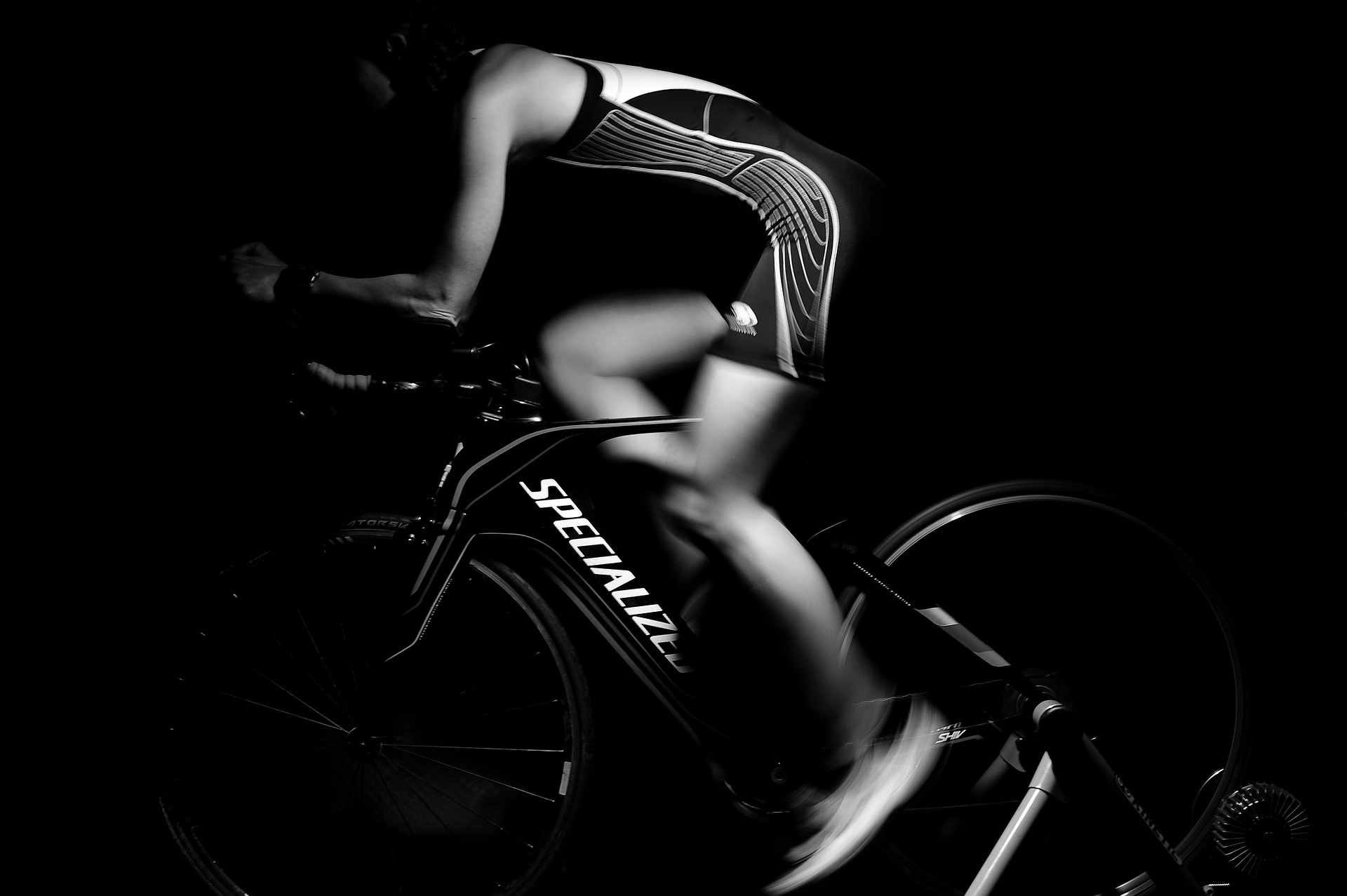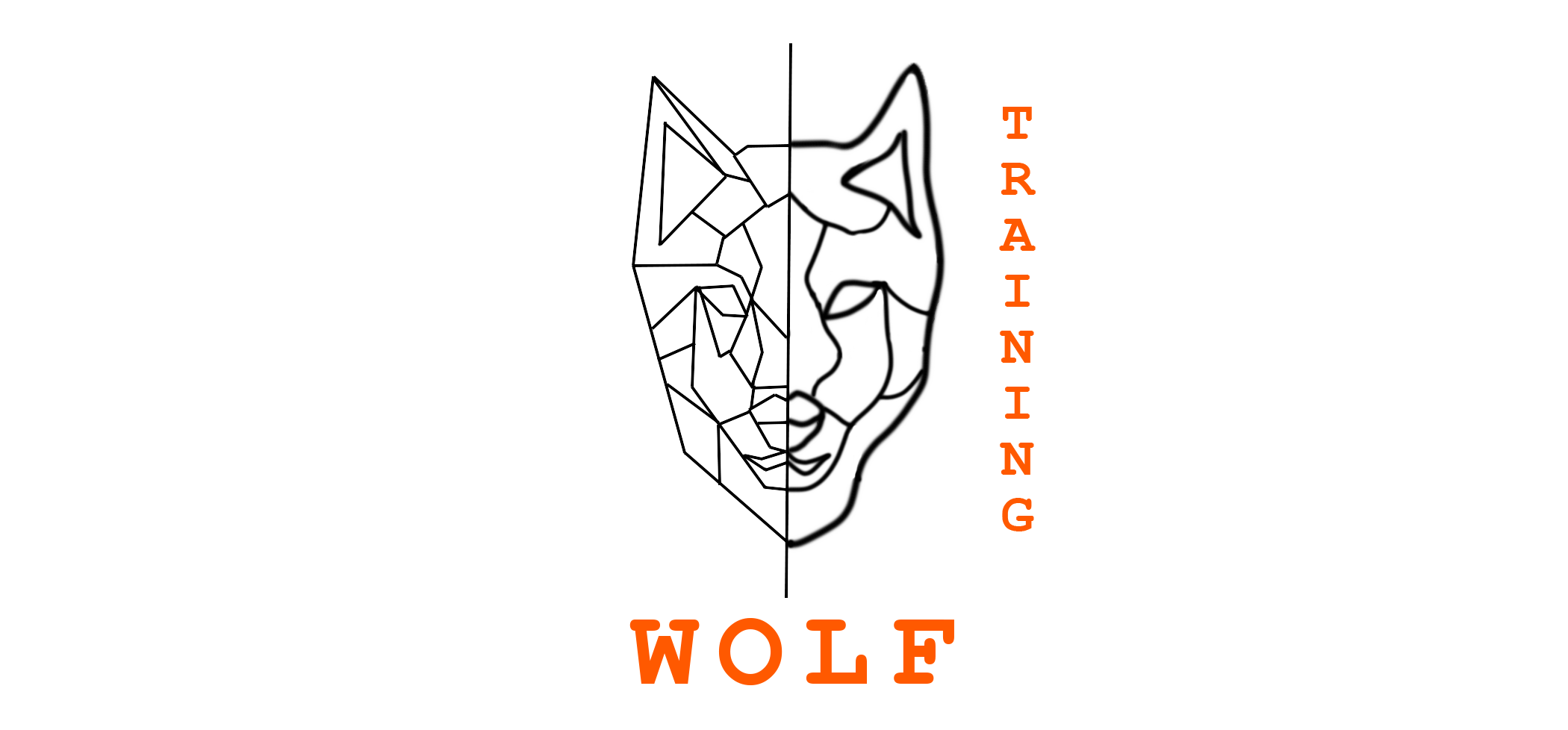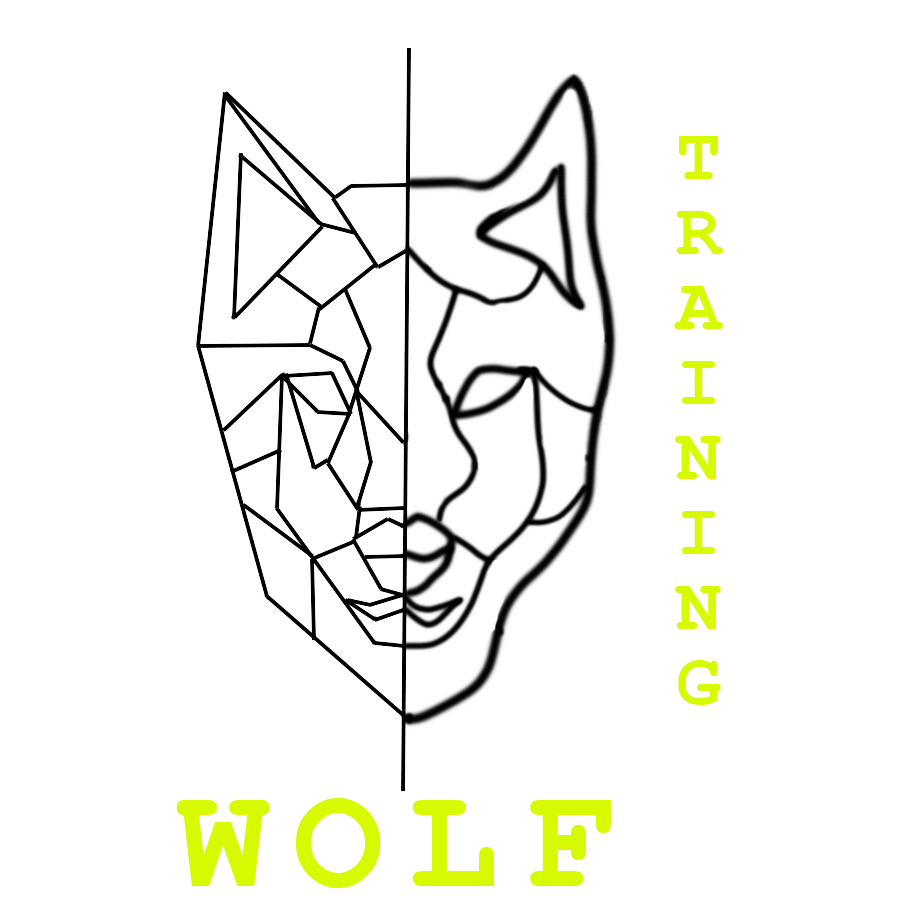Winter Bike training

When you say Winter bike training, you think Home trainer.
During winter time, it can be really hard to manage its cycling training. Depends of the place where you live, it can be hard to ride outside all the year. So, the solution can be the Home-trainer.
Before to make a small speech on the different types of Home trainer that you can find in the market, let’s have a look on the benefits that provide home-trainer (HT) practices.
Whatever the time or the weather: you can ride without any problem, HT is already at home:
– A training session in HT is really efficient: in 1h you will be able to manage a warmup, a fractional exercise and an active rest time. 1h is really easy to add in your calendar.
– Having a fartleck exercise will break the monotony of your training AND it will be easy to follow all your data and be focus on it. Indeed, no need to take care of the traffic, just just need to be focus on your effort.
– Finally, HT is well-know to help you in your quality of pedalling, which will help you to be more efficient on your bike!
For this quick reasons, HT will be your best friend to continue to ride during the long winter nights! I currently live in Norway, so trust me, I know what’s lonnng night during winter, adding to bad weather 😜
What you will find in the market:
You will find 4 different types of HT on the market. (We put apart the Wattbike or the apartment bike. The price that we presented here is based on TACX products, the most common brand.)
– The rollers: As we can imagine by reading the name of this HT, it is for balancing cyclist! Even those, the HT is really good to work on your dexterity on the bike and your velocity. However, you need to stay really focus, and except if you are Sagan, it can be hard to be 100% focus on the exercise/data by staying on your bike! And I speak with experience 😜 (179 to 249€)
– The classical HT: you keep your bike with its 2 wheels. You will simply installed your bike on a small roller and fixed your back wheel on the HT. During one year, I used this type of HT. (a Tacx). It was really nice for a simple use. But I start to prepare my Ironman on it (want to do a Sanders😜) and I reach its limits. The tire quickly lime and I was not 100% confident for the safety of my bike when I started to do long fartleck exercices : I’m 65kg and, because the strength is on the back wheel and not the pedal axis, I was afraid to break my carbon frame. It’s a personal review but I think that it’s good signal it. (139 to 219€)
– The connect classical HT: Same that the traditional one, except that they are connected! You can have a lot of datas like speed, power etc… You can share this data in application like Zwift for example. (240 to 549€)
– HT with direct transmission: no need to keep your back wheel, the cassette is already on the HT. All this HT are connected. The main advantage is that you will have a much more fluid riding sensation, close to the one that you feel outside. In addition, power is better distributed. I bought, when I arrive in Norway, a Elite Turbo Muin, and I felt a real difference compare to my classic HT. I’m much more confident on it for the safety of my frame (wrongly or rightly) and it is much more comfy for the 2-3h sessions. (549 to 799€)
Regarding the connecting part:
– To share the data from your HT, you have 2 channels: ANT+ and Bluetooth.
– For the ANT+ transmission, you need to buy a ANT+ antenna (49€) which will reception and transmit the data to your computer and the application that you use (Zwift for example).
Regarding Zwift app, an article which much more details about it will be publish in a couple of days. So stay tuned😁
For the moment, have fun on your HT session !

